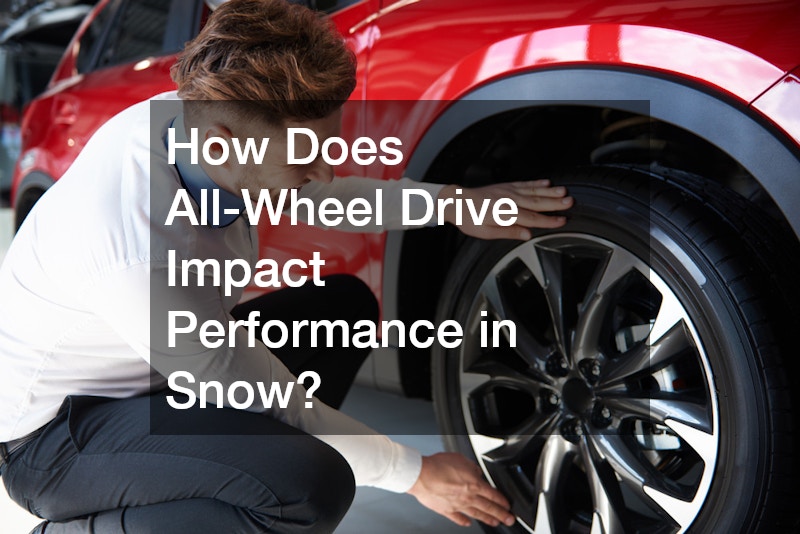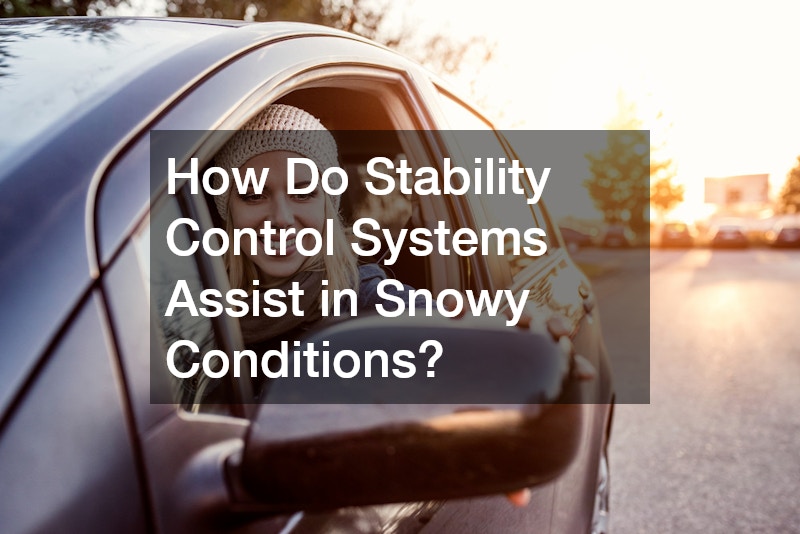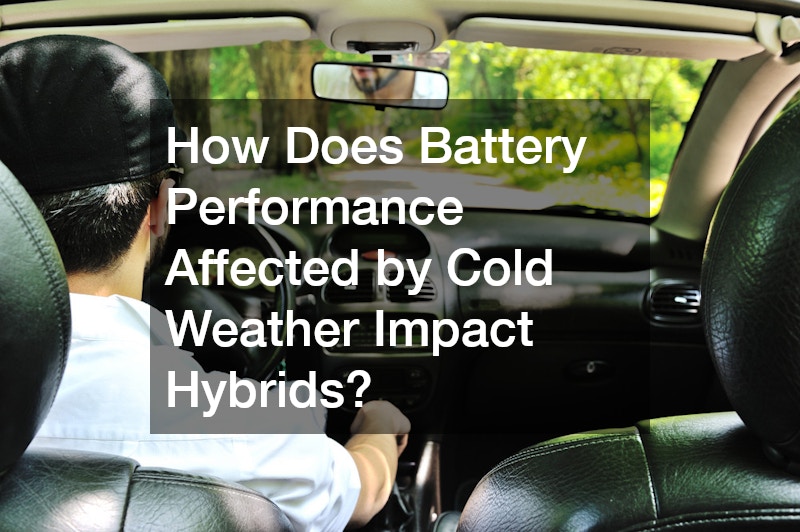As winter approaches, finding a reliable vehicle that can handle snowy and icy conditions becomes a priority, especially in regions with harsh winters. For those looking to balance performance with sustainability, hybrids have become an attractive option due to their fuel efficiency and eco-friendly benefits. Yet, not all hybrids are equipped to perform equally well in snow, and winter conditions often test a vehicle’s limits, revealing strengths and weaknesses in traction, handling, and safety features. Selecting the best hybrid for snow involves more than just choosing a well-known brand or model; it requires understanding specific winter-focused features and prioritizing those that enhance performance on icy roads.
In this guide, we’ll explore the key components to look for, from all-wheel drive capability and specialized stability control systems to essential winter add-ons, like high-quality tires and features like a power window that may be surprisingly useful for defrosting or clearing snow from the vehicle. We’ll also look at how factors like ground clearance and weight distribution play vital roles in winter safety. By considering these elements, you can make an informed choice and invest in a hybrid that will provide safety, comfort, and reliability, helping you drive with confidence even in challenging winter conditions.
What Features Make a Hybrid Suitable for Snow?
When evaluating the best hybrid for snow, there are specific features to consider. These can significantly enhance the vehicle’s performance, stability, and safety in snowy conditions. Key features, such as all-wheel drive (AWD) systems, appropriate ground clearance, and effective stability control, can make a considerable difference, ensuring you can navigate winter’s challenges with ease and confidence. Additionally, tire compatibility and weight distribution are crucial factors that contribute to overall traction and handling on slippery surfaces. Understanding these features will help you select a hybrid that meets your winter driving needs effectively.
All-Wheel Drive (AWD) Capability
AWD is essential for maintaining traction on slippery roads. It distributes power to all four wheels, improving grip and reducing the likelihood of getting stuck.
Ground Clearance
The amount of ground clearance on a hybrid determines its ability to handle deeper snow. Higher clearance helps avoid snow buildup beneath the vehicle, which can lead to dragging and decreased control.
Tire Compatibility
The best hybrid for snow should be compatible with snow tires, which provide better traction on icy roads. Some models may come with tires designed specifically for winter conditions.
Stability Control Systems
Stability control systems help the vehicle maintain a steady trajectory, especially in turns and on slick surfaces. These systems are invaluable in snowy conditions, reducing the chance of skidding.
Weight Distribution
An even weight distribution helps improve control and traction on snow. The best hybrid for snow should be balanced, reducing the risk of fishtailing or losing control.
How Does All-Wheel Drive Impact Performance in Snow?
AWD is a key feature in determining a vehicle’s ability to perform in winter weather. Here’s how it impacts various aspects of performance.

Enhanced Traction
AWD provides power to all wheels, giving you better traction on slippery surfaces. This is crucial for maintaining control when roads are icy or covered with snow.
Power Distribution
AWD systems distribute power as needed, automatically adjusting to conditions. This function is particularly useful on slippery or uneven winter roads, where different tires may have different levels of grip.
Fuel Efficiency Trade-offs
While AWD offers excellent performance in snow, it can reduce fuel efficiency due to the extra energy required to power all four wheels.
Maintenance Considerations
AWD systems can be more complex and may require additional maintenance. For example, routine brake repair and tire rotations are important to keep all wheels in sync.
Comparisons with Front-Wheel and Rear-Wheel Drives
Front-wheel and rear-wheel drive systems can struggle in snow, making AWD a preferable option for anyone looking to find the best hybrid for snow.
Why is Ground Clearance Important for Hybrids in Snow?
Higher ground clearance offers multiple benefits for hybrids driving in snowy conditions, as it helps avoid some common challenges posed by deeper snow. By elevating the vehicle’s body above the snow, you reduce the risk of undercarriage damage and improve maneuverability, enhancing overall safety and performance in winter driving scenarios.
Preventing Snow Accumulation
With more clearance, less snow accumulates under the car, reducing drag and potential damage to the undercarriage. Adding ceramic coatings to certain components can also protect against corrosive elements in winter.
Underbody Safety
A raised hybrid avoids scraping the underbody, which can damage crucial parts. Rocks and other debris are also less likely to cause issues with more clearance.
Riding Over Obstructions
With higher ground clearance, hybrids can more easily pass over chunks of snow and ice, improving the smoothness of the ride.
Impact on Handling
While more ground clearance is advantageous in snow, it can sometimes affect handling. Striking a balance between clearance and vehicle aerodynamics is essential.
Balancing Clearance with Aerodynamics
A higher clearance may reduce aerodynamics and thus fuel efficiency, but finding the right height is critical for safe and efficient winter driving.
Should I Consider Specialized Snow Tires for My Hybrid?
Snow tires can make a significant difference in winter performance. Here’s what to keep in mind when choosing tires for your hybrid.
Types of Snow Tires
Snow tires come in various types, including studded and studless. Each offers unique benefits based on your driving needs and environment.
Snow vs. All-Season Tires
All-season tires may suffice for mild winters, but dedicated snow tires provide the best grip in harsher climates. Many consider snow tires essential for the best hybrid for snow.
Installation and Removal Tips
Install snow tires before the season starts and remove them once temperatures consistently stay above freezing. Regular car repair checks on tires are also beneficial.
Cost-Benefit Analysis
Snow tires represent an added cost, but the improved safety and performance often outweigh the expense.
Long-Term Durability
Quality snow tires, when maintained properly, can last several winters, making them a worthwhile investment for winter driving.
How Do Stability Control Systems Assist in Snowy Conditions?
Modern stability control systems are essential in enhancing vehicle safety during winter. They include various technologies aimed at maintaining traction and control.

Traction Control Details
Traction control manages wheel spin, which is critical for maintaining grip on slippery surfaces. This system is especially helpful for the best hybrid for snow.
Electronic Stability Control (ESC)
ESC adjusts braking and power output to individual wheels, keeping the car on course even in slippery conditions.
Skid Prevention Technologies
Skid prevention features reduce the likelihood of the car sliding or spinning out, enhancing safety in unexpected snowy conditions.
Limitations of Control Systems
While stability control is highly beneficial, it has limitations and should be paired with cautious driving techniques.
Real-World Performance Insights
Real-world conditions demonstrate that stability control systems significantly improve safety but work best when combined with suitable tires and careful driving.
What Role Does Weight Distribution Play in Snow Performance?
Weight distribution greatly influences handling, traction, and overall control in winter weather.
Balance Between Axes
Balanced weight distribution keeps the vehicle stable on slick surfaces. The best hybrid for snow will have an evenly distributed weight for maximum control.
Effects on Steering and Braking
A balanced vehicle enhances steering and braking performance, essential for icy roads.
Role in Cornering
Weight distribution affects how a car handles turns, an important factor in preventing skidding or fishtailing in snow.
Impact of Load Weight
Extra weight in the vehicle can improve traction but may also impact fuel efficiency and braking performance.
Comparison with Other Drive Types
Compared to front-wheel or rear-wheel drive, hybrids with balanced weight and AWD often perform better in snowy conditions.
Are There Recommended Hybrid Models Excelling in Snow?
Some hybrid models are designed specifically for winter driving, and user feedback offers insights into the best hybrid for snow.
Top Models of the Year
Certain models have gained a reputation for excelling in snow. Consulting a vehicle rental company may provide a firsthand look at models with proven winter performance.
User Reviews and Expert OpinionsChecking reviews and expert insights can help identify which hybrids excel in snow, providing valuable input into your decision.
Manufacturer Innovations
Manufacturers are constantly improving their designs to enhance winter performance. Look for hybrids with features like enhanced AWD systems or snow-specific driving modes.
Market Trends
More hybrids are being designed with winter in mind, a response to consumer demand in snowy regions.
Regional Preferences
Popular hybrid models vary by region, with certain brands favored in areas that experience significant snowfall.
How Does Battery Performance Affected by Cold Weather Impact Hybrids?
Hybrid battery performance can decline in cold weather, which impacts range and reliability in winter.

Cold Weather and Battery Life
Cold weather affects battery capacity, limiting how far you can drive on electric power alone. Some hybrids compensate by relying more on the engine in cold conditions.
Effect on Electric Range
Battery range often decreases as temperatures drop. Fortunately, EV charging stations can help offset this when longer journeys are necessary.
Warming Solutions
Some hybrids offer battery warming systems to mitigate cold-weather range loss.
Battery Care Tips
To optimize battery life in winter, park in a garage when possible, and follow regular engine repair and maintenance practices.
Innovations in Battery Technology
Manufacturers are developing batteries that better withstand cold, which can improve winter performance and reliability.
How Important is Vehicle Weight in Snowy Conditions?
Vehicle weight can have a substantial impact on snow performance, affecting traction and stability.
Advantages of Heavier Hybrids
Heavier hybrids generally perform better in snow due to their increased traction. Visiting a mechanic shop can help assess if added weight adjustments would benefit your car.
Challenges of Lighter Models
While light hybrids are more fuel-efficient, they may struggle in snowy conditions, slipping more easily on ice.
Weight and Traction Correlation
Increased weight often translates to better traction, making heavier hybrids suitable for snow.
Impact on Fuel Efficiency
Heavier vehicles may use more fuel, which could be a consideration if you prioritize efficiency over snow performance.
Safety Considerations
Heavier hybrids tend to fare better in accidents on snowy roads, adding an extra layer of security. Car insurance options may be influenced by the hybrid’s weight and performance in snow.
What Driving Techniques Enhance Hybrid Performance in Snow?
A hybrid’s features only go so far—safe driving practices are essential for maintaining control in snowy conditions.

Use of Low Gears
Using lower gears helps maintain control on icy surfaces, reducing the chances of skidding.
Gentle Acceleration Practices
Avoid sudden acceleration to prevent wheel spin. Gradual increases in speed are best.
Braking Tips
Apply brakes gently to maintain traction and prevent sliding. If brakes fail, roadside assistance can provide support.
Steering and Cornering Skills
Turn the wheel gently and avoid sudden movements that could cause a loss of control.
Emergency Maneuver Strategies
Prepare for emergencies by practicing maneuvers in safe conditions, helping you remain calm and controlled if an issue arises.
Choosing the best hybrid for snow requires an understanding of critical features, regional conditions, and a commitment to safe driving techniques. Whether you’re investing in AWD, stability control, or specialized tires, these factors will help ensure your hybrid is ready for winter’s challenges.
Beyond features, it’s essential to think about your specific winter driving needs, as even small differences in weight distribution, ground clearance, and tire choice can make a huge impact on snowy roads. For instance, hybrids with a well-balanced weight distribution provide increased stability on icy surfaces, while AWD models offer the traction necessary to handle everything from light snow to severe blizzards. Additionally, taking advantage of cold-weather battery care solutions will help keep your hybrid performing efficiently throughout winter.
Ultimately, the right combination of vehicle specs and personal preparedness transforms winter driving from a struggle into a secure, manageable experience. Spending time researching models, consulting vehicle rental companies for test drives in snowy conditions, and reading user reviews can provide insight into how different hybrids perform when the weather turns harsh. By following these tips, you’ll be well-prepared to find a hybrid that offers reliability, safety, and performance throughout the snowy season, keeping you safe and confident as you navigate winter’s unpredictable roads.